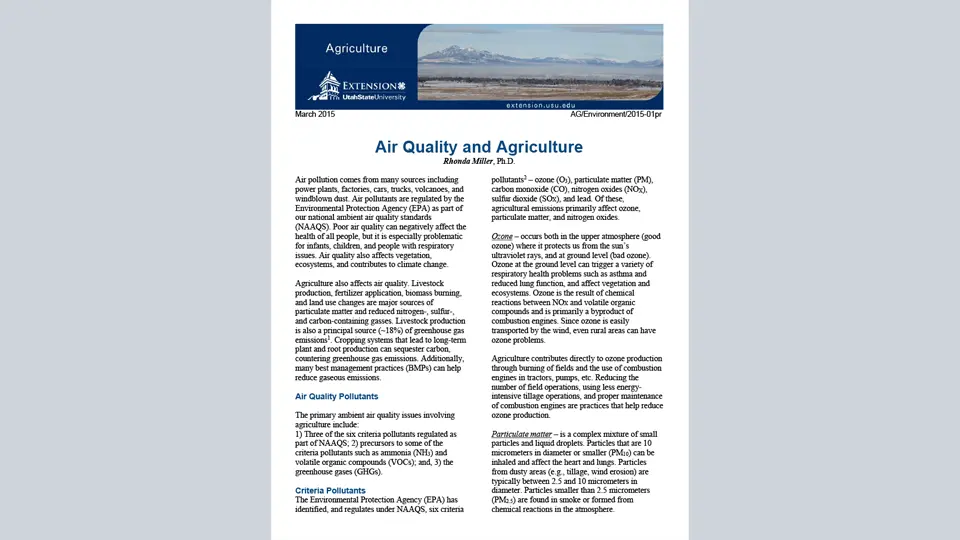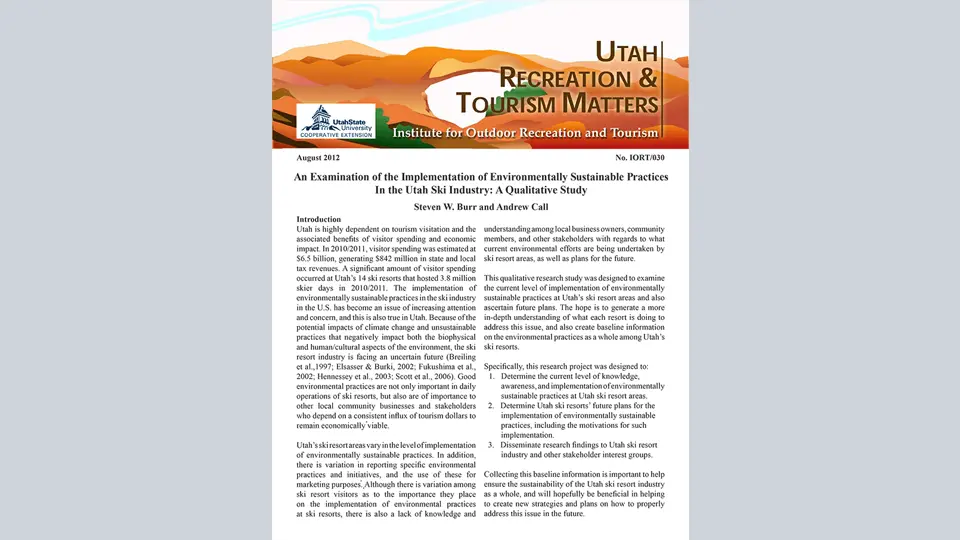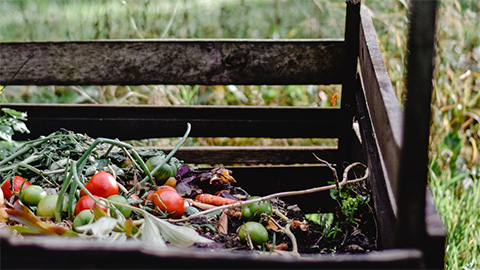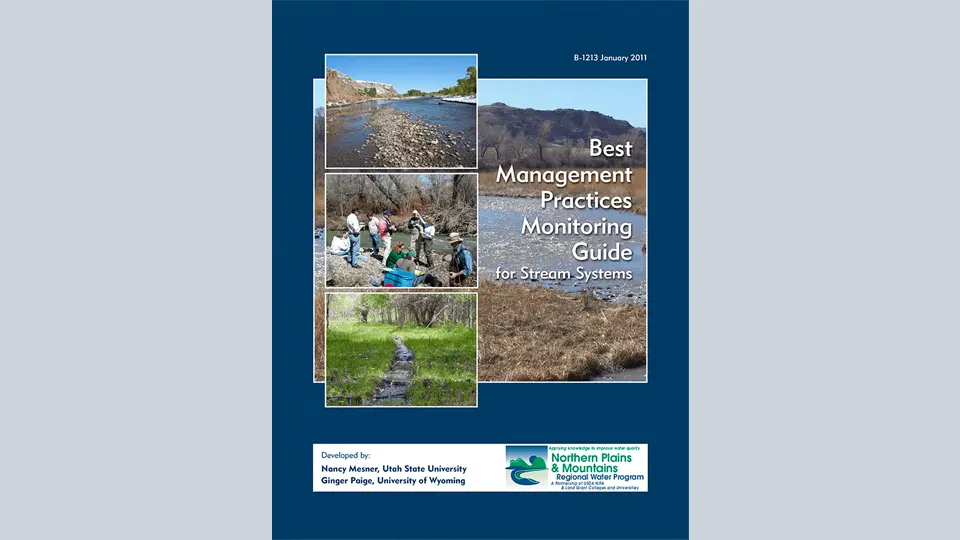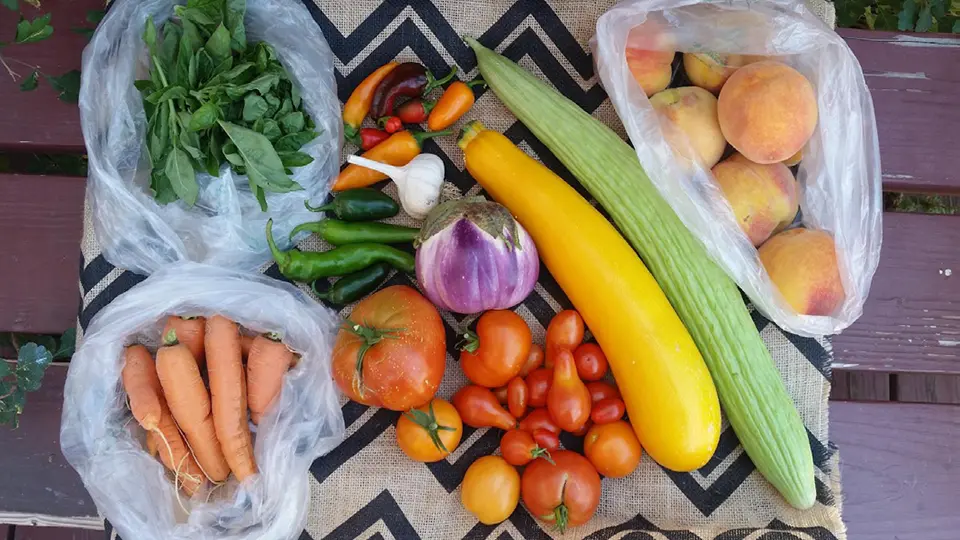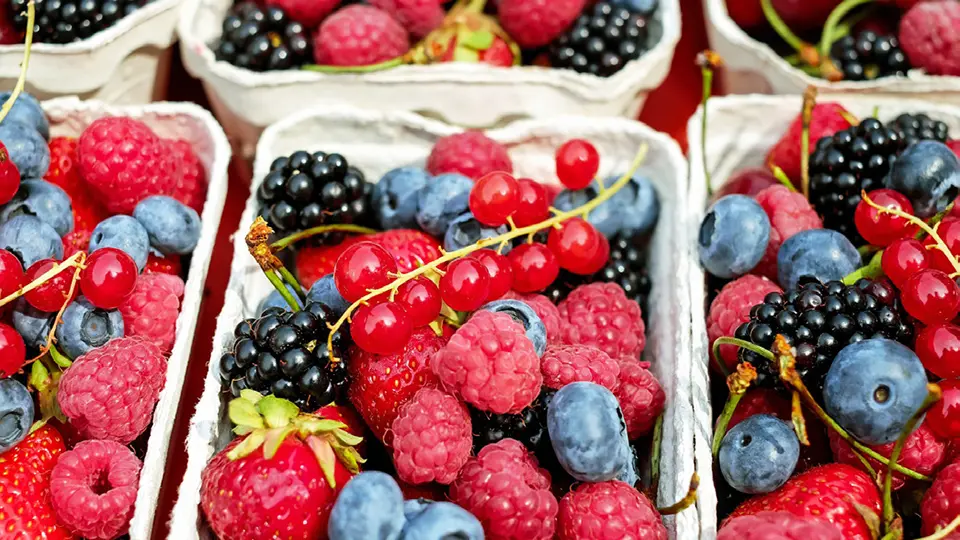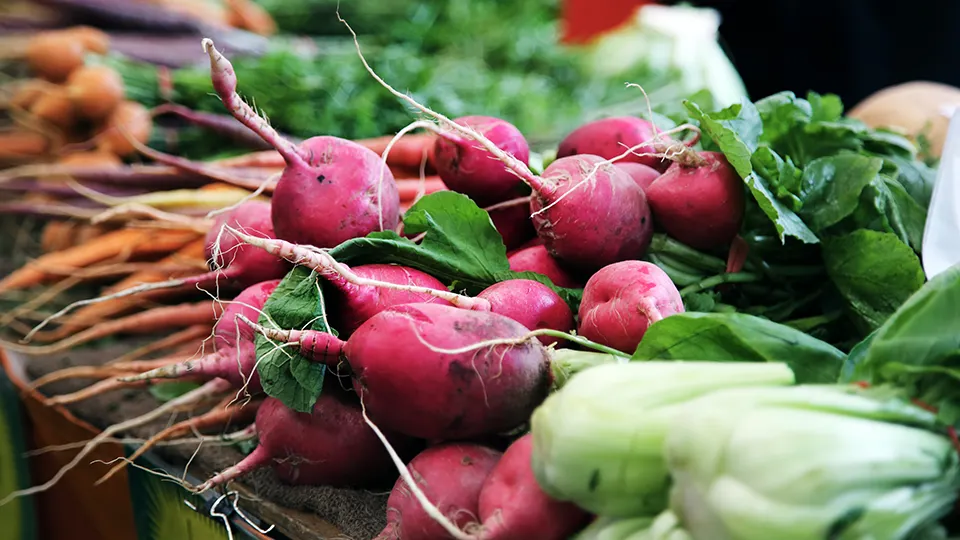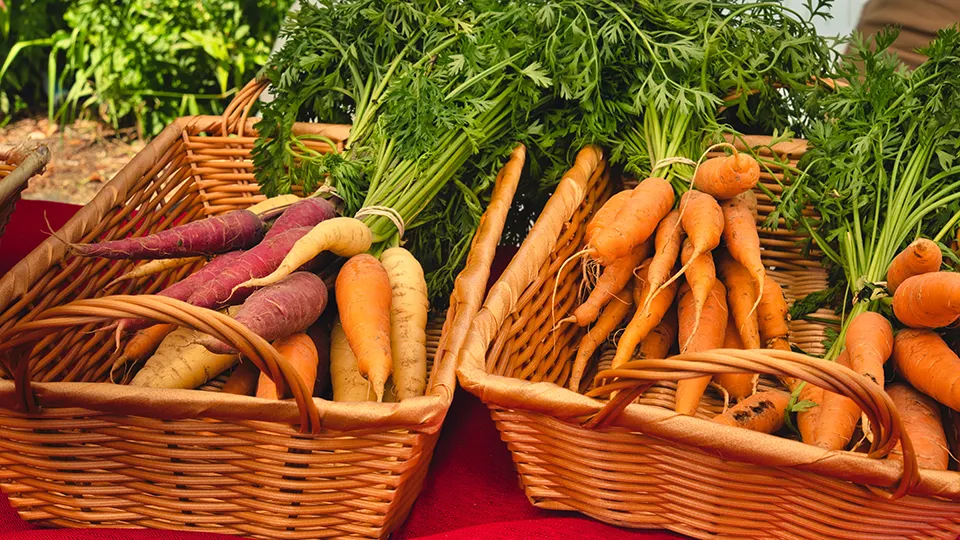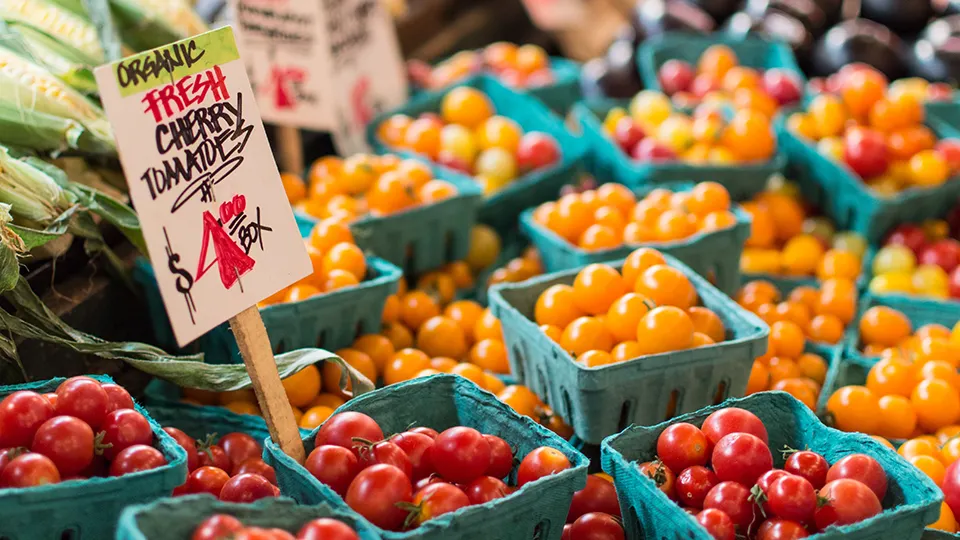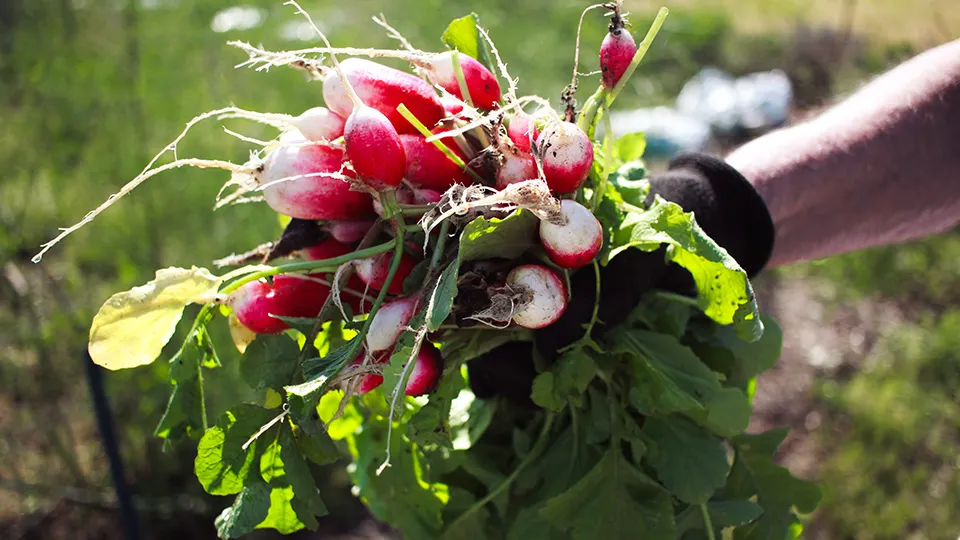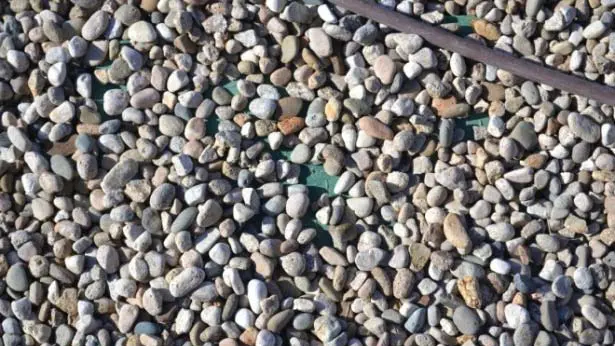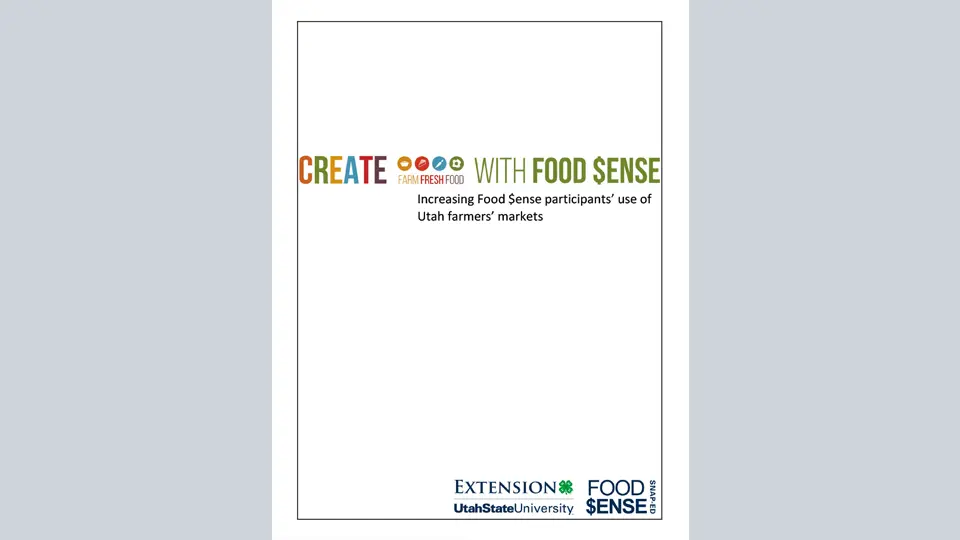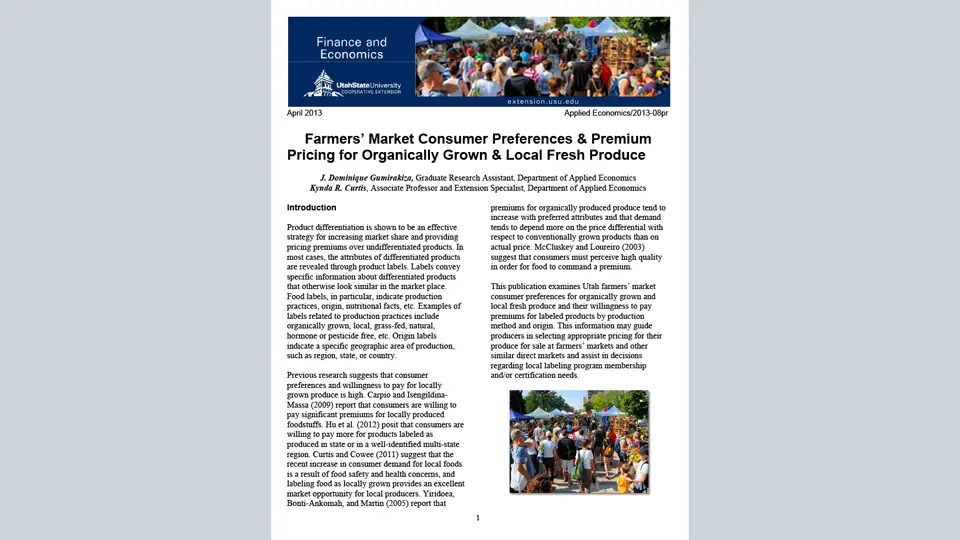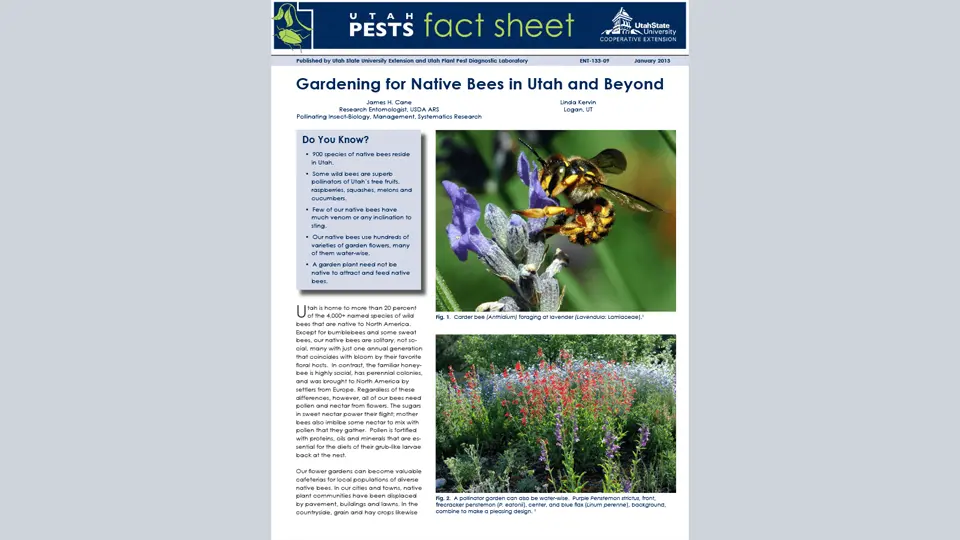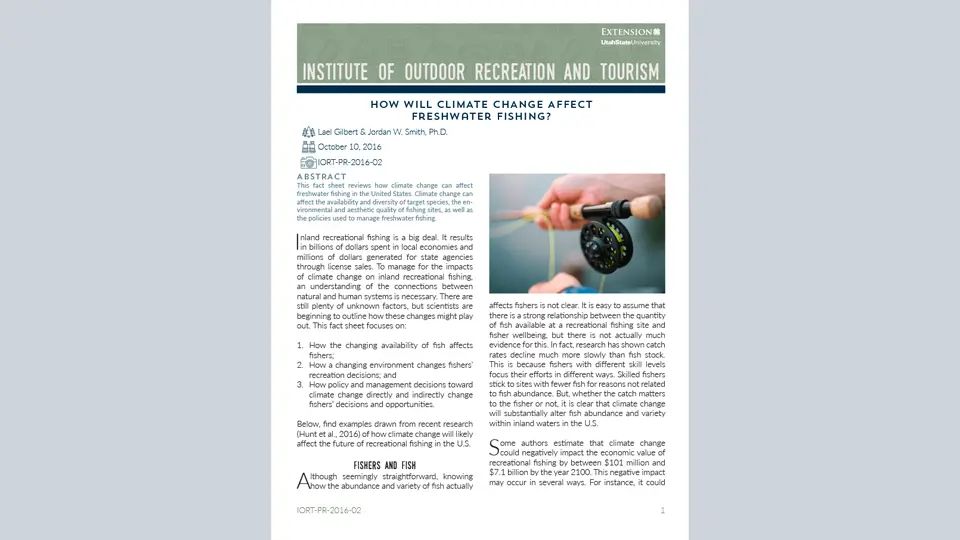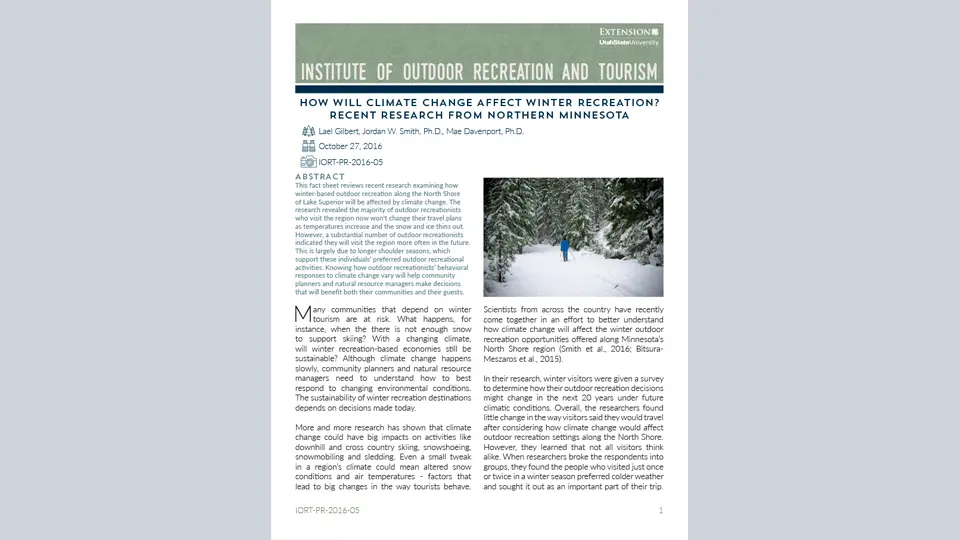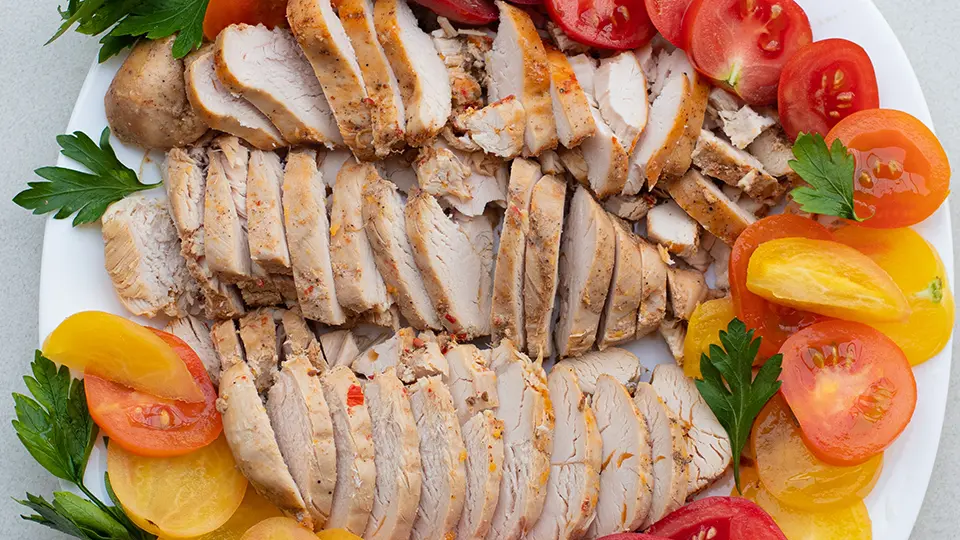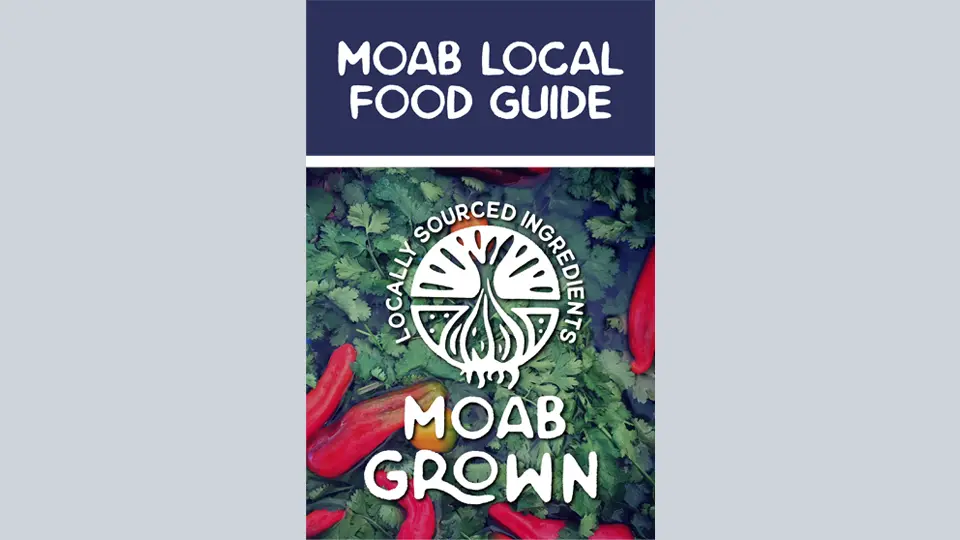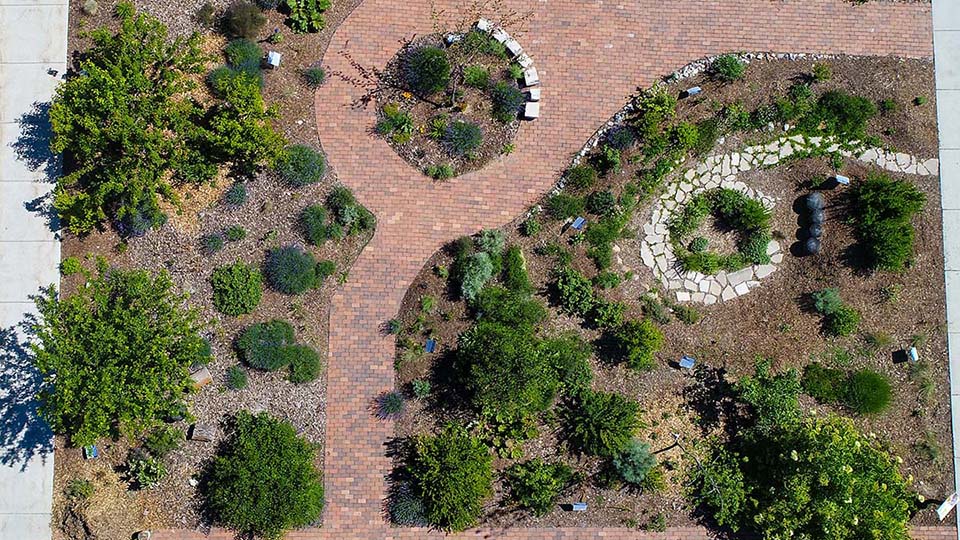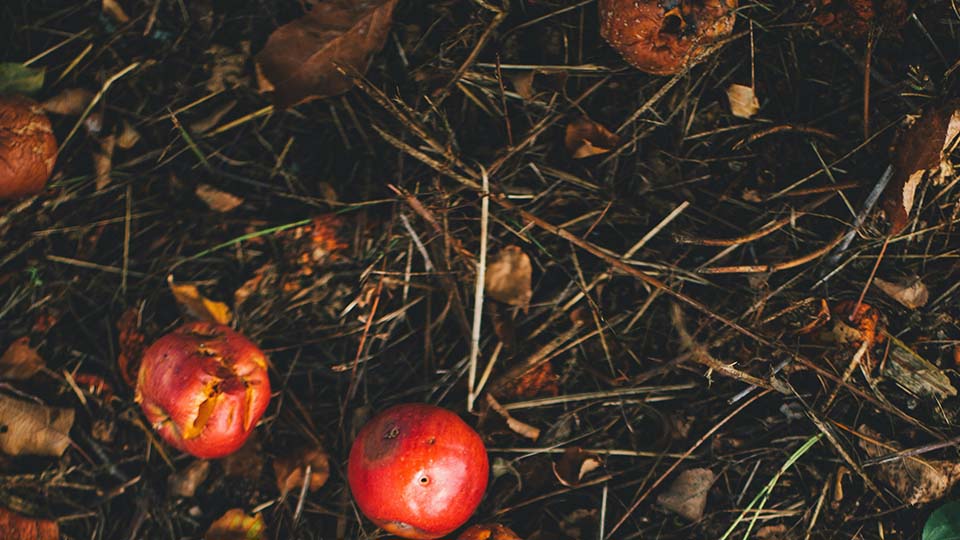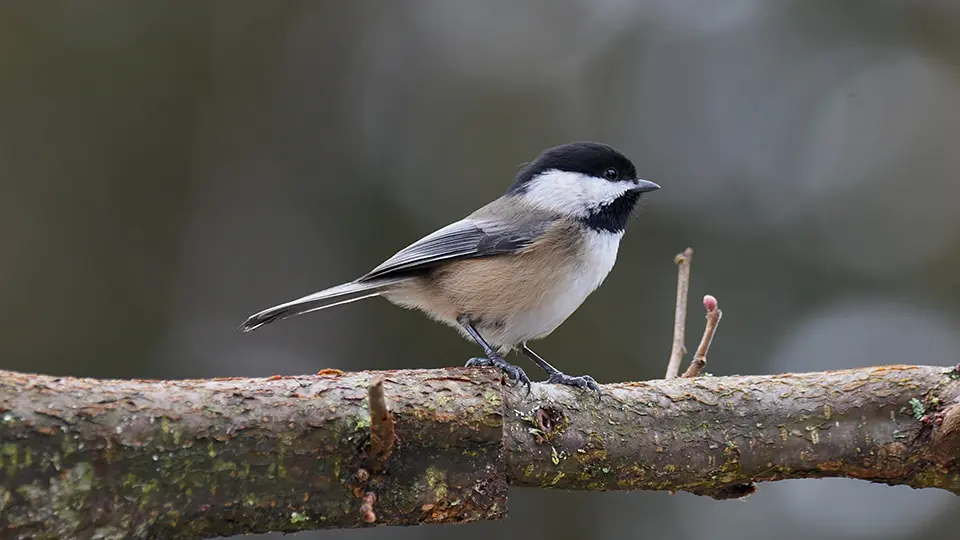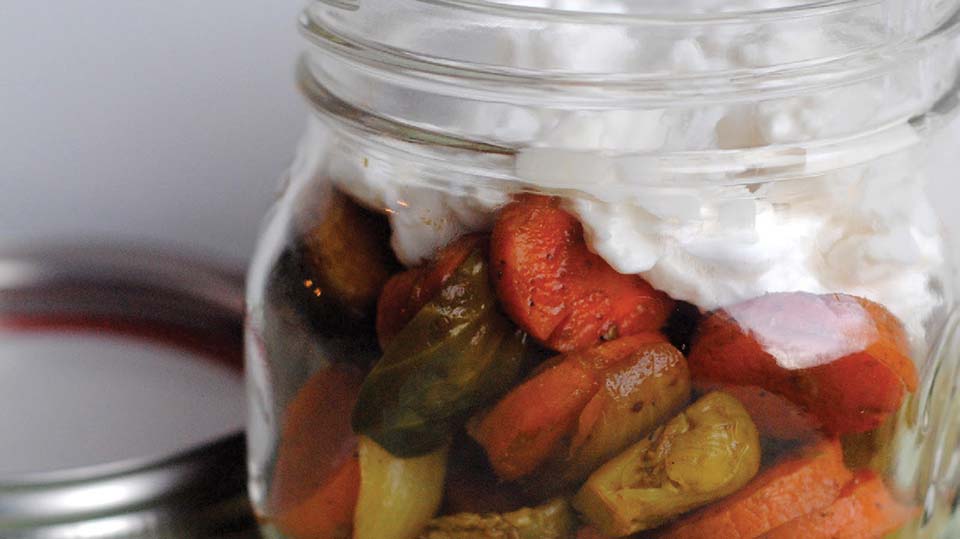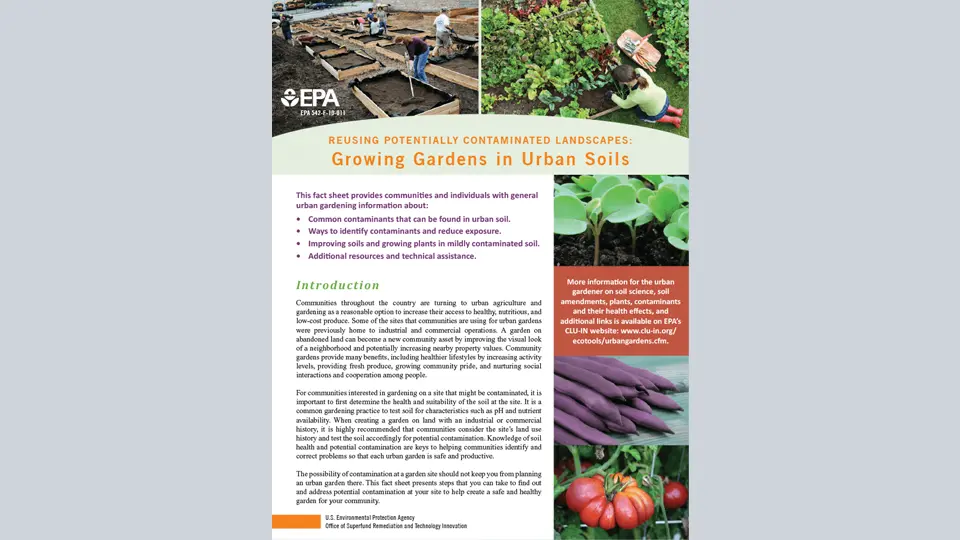Community Supported Agriculture: Crop Planning

A key component to a community supported agriculture (CSA) operation is successful crop planning. Crop planning can greatly improve CSA performance by taking into account seasonality, planting schedules, appropriate crops, etc. This fact sheet will help you learn more about the components of an effective crop plan and how to use one in your CSA operation.
Seasonality
Seasonality affects the length of your CSA and the type and varieties of fruits and vegetables grown (University of California Cooperative Extension, 1995). CSAs should offer fresh, ripe produce at all times (University of California Cooperative Extension, 1995). This will require planning to make sure food is grown at the appropriate time for the right season.
Due to freezing weather in winter, Utah does not have a year-round growing season (Hunter, Olsen, Drost, Black, & Gunnell, 2016). The earliest month to begin growing cool season plants in most of Utah is March, with the growing season ending in November. Warm season plants are grown from May to the first frost, usually mid-October (Hunter et al., 2016). However, season length varies on location. Utah has a variety of climates and season length is particular to each region. May through November is a general range which pertains to most of Utah but this can vary depending on your latitude and elevation. The season can be extended through use of greenhouses or hoop houses.
Knowing when fruits and vegetables can be grown will help you prepare. You can plan for the most effective time to plant certain crops, map out the season, and inform shareholders what they can expect in their shares throughout the CSA season.
Hoop Houses

Seasonality can be extended through the use of alternative measures. Hoop houses, also known as high tunnels, are structures that trap warm air inside the enclosure to stimulate plant growth. They are made using an arch-shaped frame covered in plastic that is tall enough for a person to either drive a tractor through or stand up in (Bachmann, 2005). According to Utah State University Extension (2016), hoop houses “significantly increase earliness, total yield potential, and crop quality” (p. 7). Hoop houses can provide protection against storms, increased pest management, decreased occurrence of plant diseases, and an extended season length (Upson, 2014).
You should consider several factors when building a hoop house. Location and site placement are important. Hoop houses should be oriented with the ends toward the dominant wind direction (Utah State University Extension, 2016). Sites should have maximum sun exposure in order to heat the inside of the structure (Upson, 2014). Snow should be brushed off the top to prevent cold water leakage and sun blocking (Utah State University Extension, 2016). Ventilation is key to adjusting inside temperatures, especially when outside temperatures are hot (Penn State Extension, 2003). If the inside of the hoop house gets too hot, extreme changes in humidity, plant diseases, and significant damage to crop production may occur (Utah State University Extension, 2016).
Crop Planning
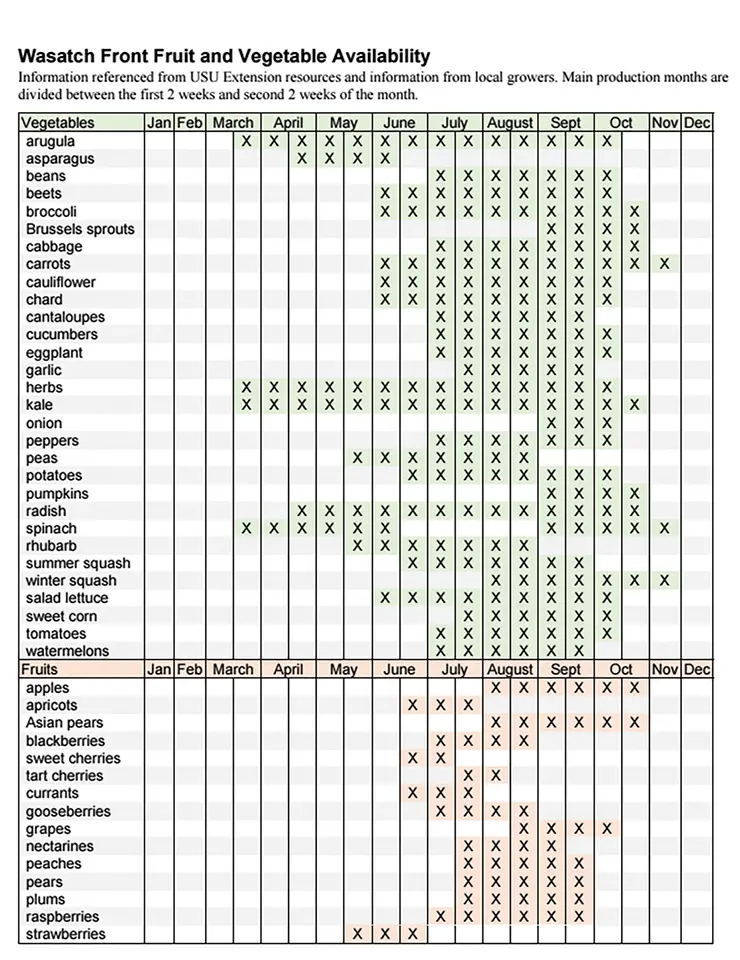
CSAs often offer a large diversity of products and produce. Due to the nature of CSAs, crop planning “becomes an essential planning tool for creating and maintaining efficiency and timeliness of cropping in order to meet harvest goals” (Center for Agroecology and Sustainable Food Systems, n.d., p. 3).
What is a Crop Plan?
A crop plan assists you in planning, organizing, planting, harvesting, and recording for crop production. The plan, usually created during the winter when harvest work is low, provides direction and planning for the planting, maintaining, harvesting, and organizing of crops throughout the entire growing season.
Crop plans can also help improve time management and execution of the growing season (Penn State Extension, 2013). You must maintain several different varieties of crops, many of which need succession plantings (Good & Good, 2012; Volk, 2011). A crop plan can help organize what can be planted based on the amount of land available, mapping out the harvest, and ensuring effective land management (Volk, 2011).
Planning helps minimize potential complications further in the growing season and makes the CSA management process run smoother (Good & Good, 2012; Penn State Extension, 2013). Crop planning also improves data collection, which allows you to evaluate success at the end of the season (Penn State Extension, 2013). Small Farm Central (2007) provides an example of a simple crop plan that can be used as a reference, available at http://www.smallfarmcentral.com/.
How to use a Crop Plan
A crop plan can be specifically adjusted to fit your needs and preferred style. A lot of crop planning has moved to an electronic format through spreadsheets and software programs that localize all planning and recording to one location. Spreadsheets are “easy to edit, easy to store, and easy to sort and to make automatic calculations on” (Volk, 2011). There are many services and programs you can purchase to record and monitor data. However, there are also free options.
According to Small Farm Central (2007) and the Center for Agroecology and Sustainable Food Systems (n.d.), this plan should include at least the following information:
- Weekly and seasonal harvest goals
- Planting date
- Planting information (greenhouse, direct sow, etc.)
- Amount
- Crop
- Yield/unit (lbs, pint, head, etc.)
- Rows (amount and distance between each)
- Extra details (how deep/far apart to plant seeds, general crop information, etc.
You should update this plan regularly, taking into account the performance of previous seasons and making necessary amendments for the upcoming season (Good & Good, 2012). You can review crops that did not work well, try new crops to include in shares, and plant more of popular produce. When used effectively, a crop plan can become a major asset and a tool you can use to get the most out of your CSA operation.
Weekly and Seasonal Harvest Goals
To begin crop planning, you must first determine whatfruits and vegetables to include and how much of each crop to include in a single share each week of the season (Center for Agroecology and Sustainable Food Systems, n.d.). This provides a base for crop planning for the season. You need to decide whether or not to offer certain fruits and vegetables each week, certain weeks only, or not at all.
For example, if you decide to include two heads of lettuce in a full share, and there are 50 full shares, then there is a need for 100 heads of lettuce total. However, a 20-25% buffer window should be established around the amount of lettuce to protect against crop losses or undistributable produce, so 120 to 125 plants per week should be ready for harvest (Hitt, n.d.). If there are 5 months in a season, or 22 weeks total, then 2,640 to 2,750 lettuce plants should be planted to ensure CSA success.
Number of Plants Per Planting
After determining what type and amount of produce to distribute, you must determine when and how often to plant. According to the Center for Agroecology and Sustainable Food Systems (n.d.), mature lettuce “in a cool, coastal climate will retain its quality in the ground for 14 days.” This means one planting can reap a 2 weeks’ harvest. This allows lettuce to be planted biweekly throughout the season. If you plan to harvest 100 heads of lettuce each week, you can plant double the amount each week. This equals 200 seeds per planting. Again, include a 25% buffer window for poor germination or other difficulties. With the buffer, you would need up to 250 total seeds for planting.
Number of Plants Per Planting
Once the frequency of plantings has been determined, you can identify the total number of plantings required per season. You must calculate the total length of the season and the total length of time between plantings.
For example, if a CSA operates for 5 months out of the year, and produce requires three plantings per month, the total number of plantings required per season would be 15 (Center for Agroecology and Sustainable Food Systems, n.d.). After determining the amount of plantings and the length of time between each, you can determine specific planting dates throughout the season to effectively achieve the overall harvest goals (Matthewson, n.d.). According to Matthewson (n.d.), having a planting schedule can help CSA operators perform a variety of tasks such as documenting and managing information vital to crop production. It can also be used to record information for later seasons, such as crop performance and the quantity and quality of the harvest.
Summary
This information described the various steps of crop planning and how to develop an effective crop plan to increase productivity. There are various steps to crop planning, including setting harvest and planting goals. Crop plans are often developed electronically with the use of software programs and spreadsheets. A crop’s season can be extended through hoop houses to increase a CSA’s overall production, especially in Utah which experiences colder winter months. Knowing how to successfully plan for the season will greatly help you increase effectiveness and minimize problems throughout your CSA season.
References
- Bachmann, J. (2005). Season extension techniques for market gardeners. ATTRA. Retrieved from https://attra.ncat.org/attra-pub/viewhtml.php?id=366
- Center for Agroecology and Sustainable Food Systems. (n.d.). 4.5 CSA crop planning. University of California. Retrieved from https://georgiaorganics.org/wpcontent/themes/GeorgiaOrganics/Downloads/pdf/CSACropPlanning.pdf
- Good, A. & Good, J. (2012). A successful season begins with good planning. Retrieved from http://rodaleinstitute.org/the-best-laid-plans/
- Hitt, A. (n.d.). Crop planning part 1 [Video file]. Retrieved from https://georgiaorganics.org/for-farmers/cropproduction/crop-plans-and-rotations/
- Hunter, B., Olsen, S., Drost, D., Black, B. & Gunnell, J. (2016). Local fruit and vegetable availability along the Wasatch Front [Fact sheet]. Retrieved from https://digitalcommons.usu.edu/cgi/viewcontent.cgi?article=2611&context=extension_curall
- Matthewson, M. (n.d.). CSA crop planning, harvesting/ handling and distribution. Retrieved from http://extension.oregonstate.edu/sorec/sites/default/files/CSA_Crop_ Planning__Harvesting.pdf
- Penn State Extension. (2013). Crop planning for CSAs. Retrieved from http://extension.psu.edu/business/start-farming/news/2013/crop-planning-for-csas
- Penn State Extension. (2003). Extending the gardening season with high tunnels [Fact sheet]. Retrieved from https://extension.psu.edu/extending-the-garden-season-with-high-tunnels
- Small Farm Central. (2007). Planting schedule 2007 for a 100 member CSA farm. Retrieved from http://sfc.smallfarmcentral.com/dynamic_content/uploadfiles/942/Seeding%20Schedule%20CSA%20Farm.pdf
- University of California Cooperative Extension. (1995). Community supported agriculture: Making the connection. Retrieved from http://sfp.ucdavis.edu/files/143707.pdf
- Upson, S. (2014). High tunnel hoop house construction guide. Retrieved from https://web.extension.illinois.edu/bcjmw/downloads/54183.pdf
- Utah State University Extension. (2016). Utah vegetable production and pest management guide. Retrieved from https://utahpests.usu.edu/IPM/files/uploads/Publications/UT-veg-guide-2016.pdf
- Volk, J. (2011). Crop planning - one farmer’s approach. Oregon State University Small Farms, 5(1). Retrieved from http://smallfarms.oregonstate.edu/sfn/wtr11cropplan
May 2017
Utah State University Extension
Peer-reviewed fact sheet
Authors
Kenna McMurray, Kelsey Hall, & Roslynn Brain
School of Applied Sciences, Technology & Education & Department of Environment & Society
Related Research





